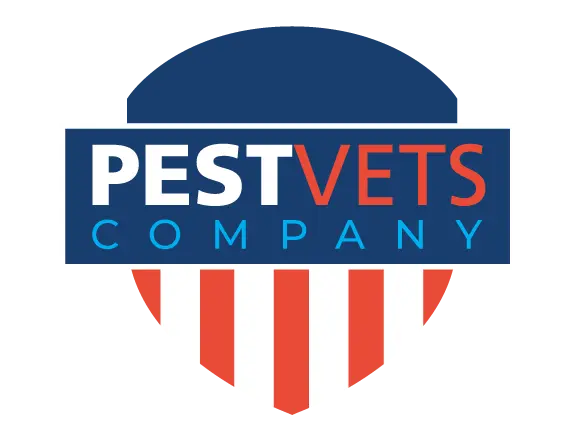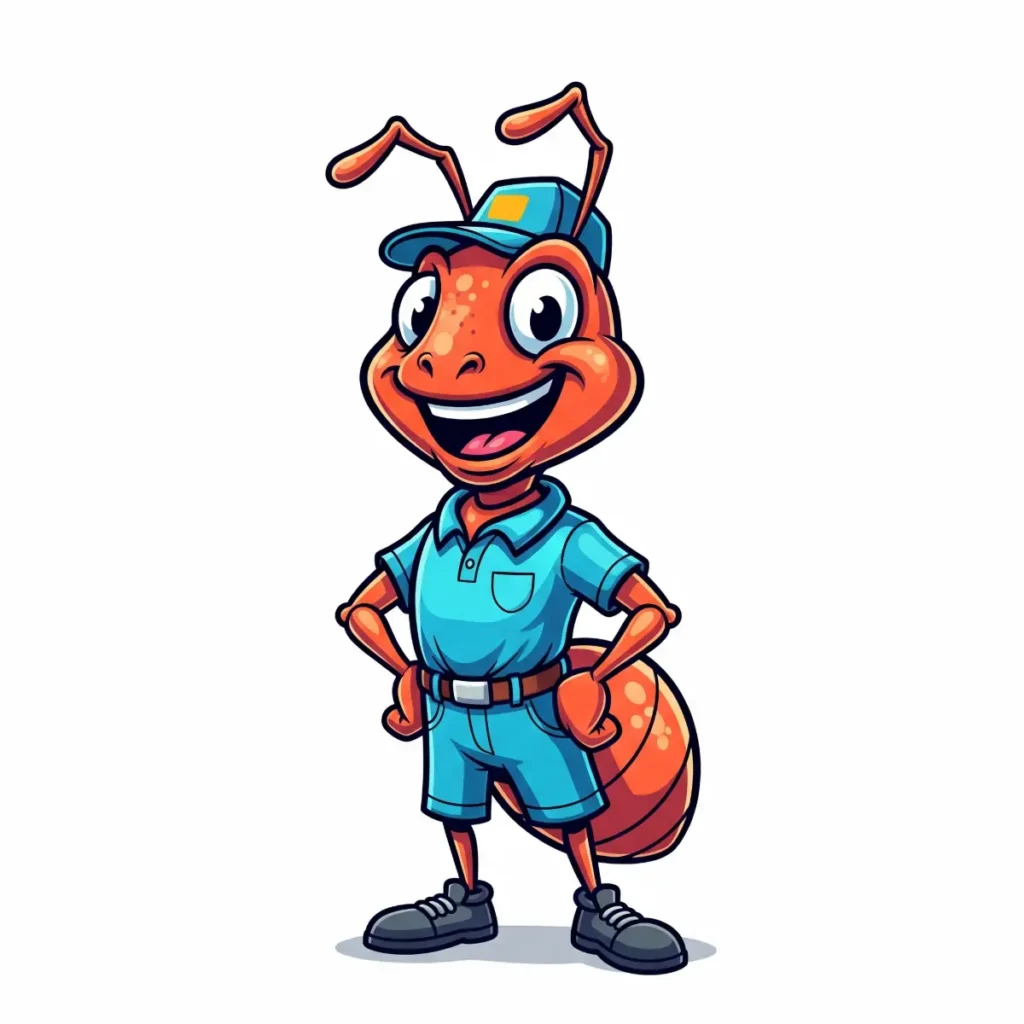Mud Daubers are fairly common in parts of the Northwest. They are solitary (they do not live in colonies), non-aggressive and look sort of like Paper Wasps in their basic body structure. Like Paper Wasps, Mud Daubers have two body sections, but they also have a long, string-like waist section that distinguishes them from Paper Wasps. They come in many different colors, but are usually black and yellow.
Mud Daubers Description
After mating in the fall, the female mud dauber wasp hibernates. Only the fertilized female reproductives will typically survive the winter and emerge in the spring to start a new colony. The queen lays and raises the first batch of eggs. These are workers, which when mature take over the role of feeding the queen, tending the new eggs, and enlarging the hive. In the fall sexual activity begins with the hatching of males and new potential queens.
Late summer is the time when mud daubers create the greatest problems. The colonies have increased and population may be outstripping the natural food supplies. As a result these wasps are particularly attracted to fruits, sweets, and decaying matter. They can be found around garbage cans, overripe fruit on or around fruit trees, and most annoyingly at your outdoor meal. Bright clothing and perfumes also can attract late season these wasps.
As nests are only used once, it may be best to ignore them, unless they are located in your house or an outdoor area that you frequently use. Nests in houses should be removed because they can serve as bases for other household insects (such as carpet beetles and other pests).
The Biology of Mud Daubers
All wasps fall under the beneficial insect category in that they pollinate flowers and are predators of flies, caterpillars, aphids, and other insect pests. However, for people who are allergic to the stings, the problems far outweigh the benefits, and proper means must be taken to avoid being stung. This is not to say for those of us who are not allergic should be unconcerned about getting stung. Even if you are not allergic you will most likely experience quite a bit of pain after a sting. It is best for people who are known to be sensitive to stings to consult a professional to rid homes, businesses and yards of pests.
In order to identify these pests it is helpful to understand each of the following pest’s nature and lifecycle. The social wasps (i.e. Yellow Jackets, Hornets, and Paper Wasps) are ones that we see most frequently. The easiest way to distinguish the difference wasps is to look at the size of the wasp and the pattern on the abdomen. Most workers will survive only a season while reproductive wasps will survive over winter and start up each spring depending on weather conditions.



